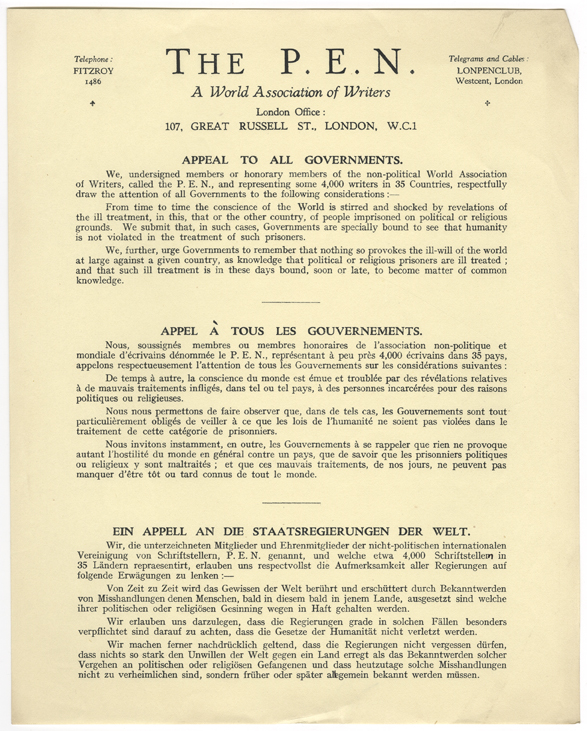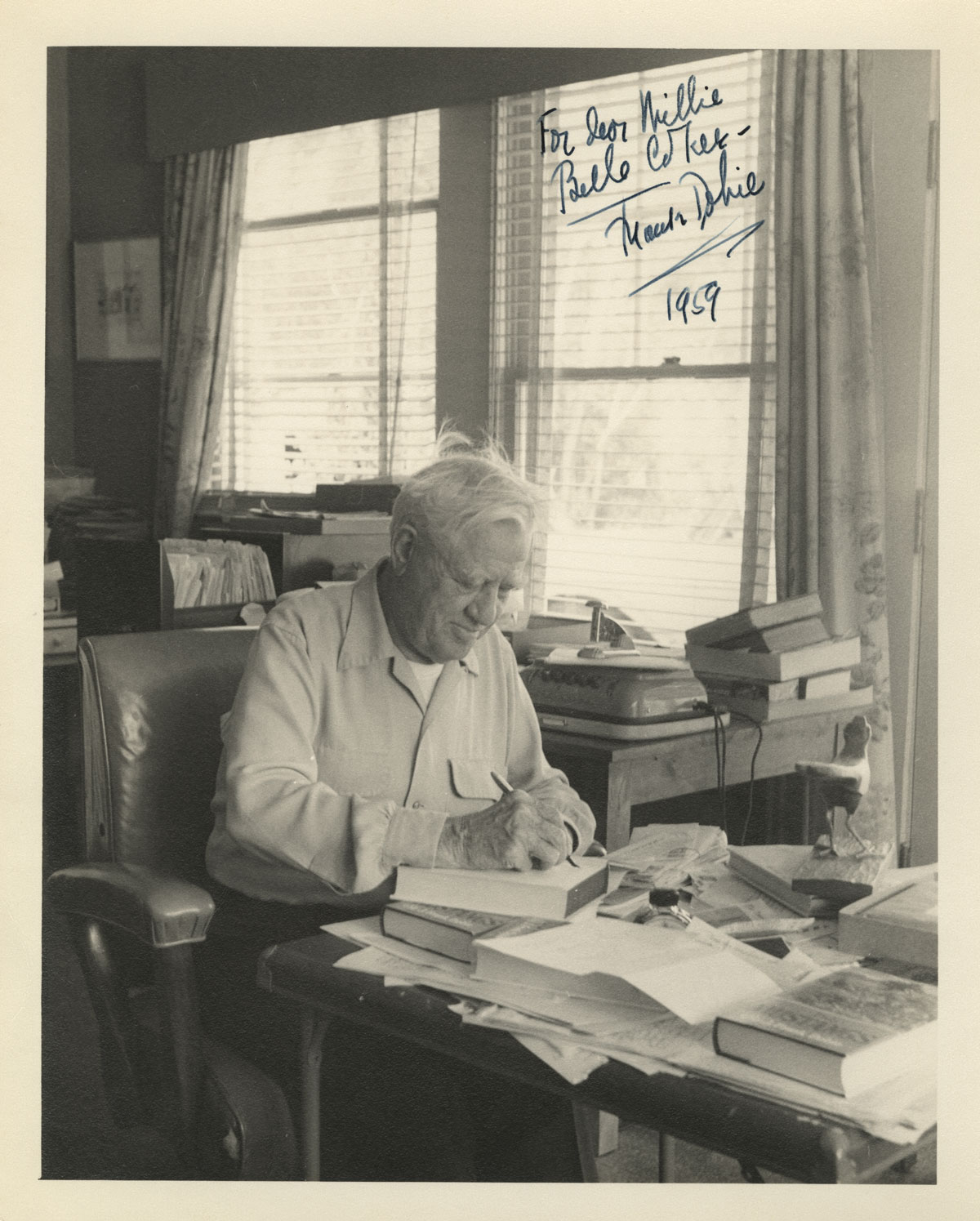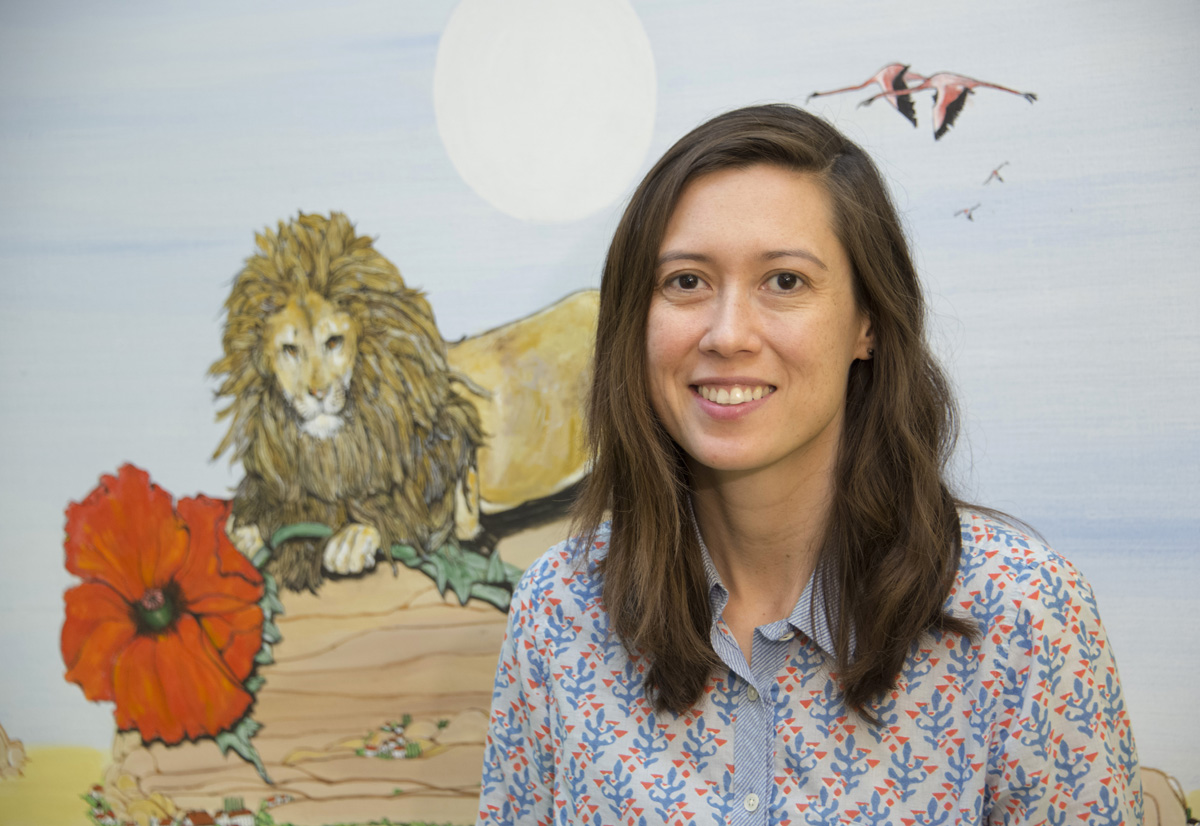The Harry Ransom Center has received a grant from the National Endowment for the Humanities (NEH) to support a two-year, $195,000 project to arrange, describe, selectively digitize, and share its PEN records. The Ransom Center holds the archives of PEN International and English PEN, who share the mission of promoting literature and defending freedom of expression around the world.
[Read more…] about NEH Grant Supports Ransom Center’s ‘Writers Without Borders’ Project


